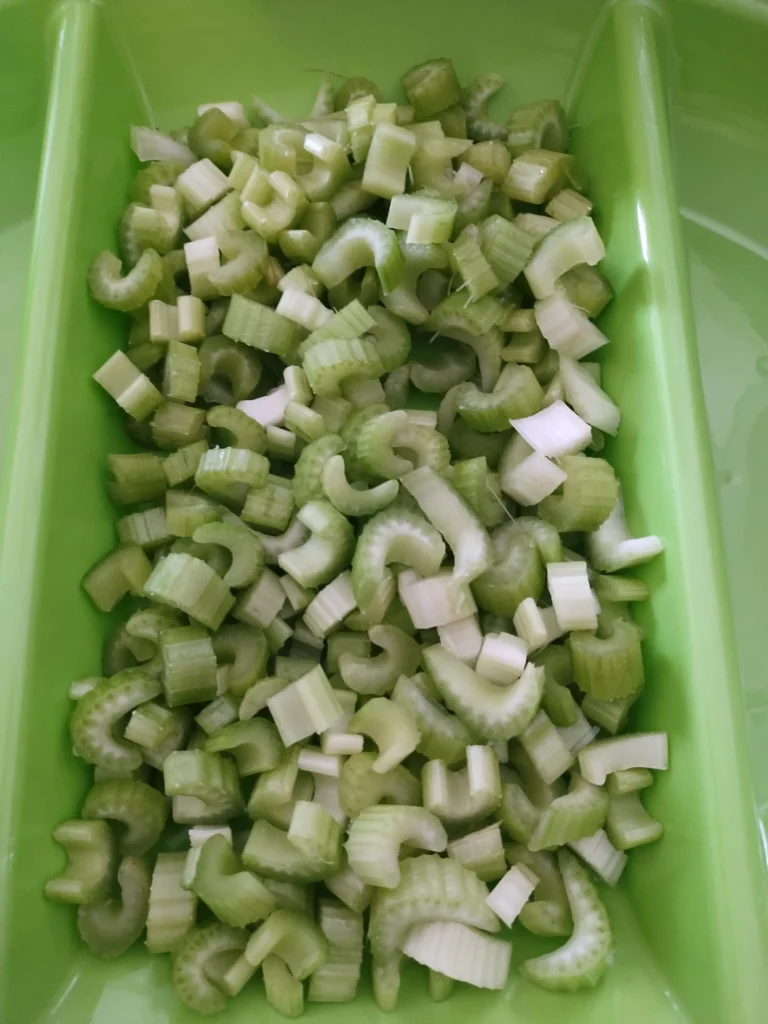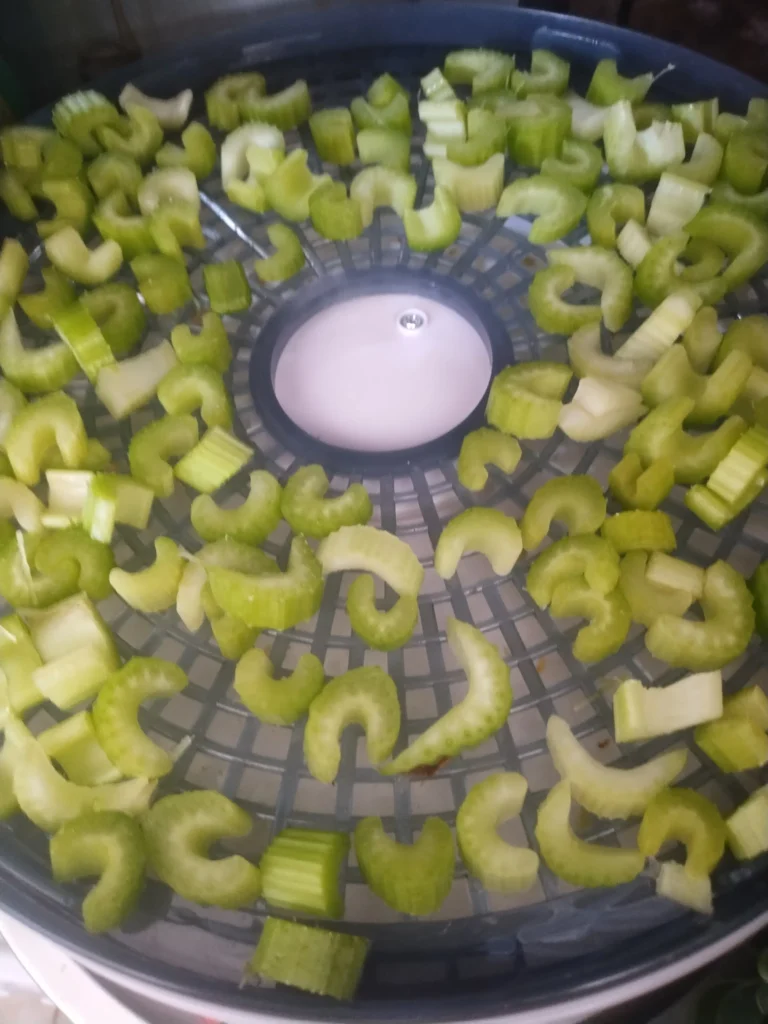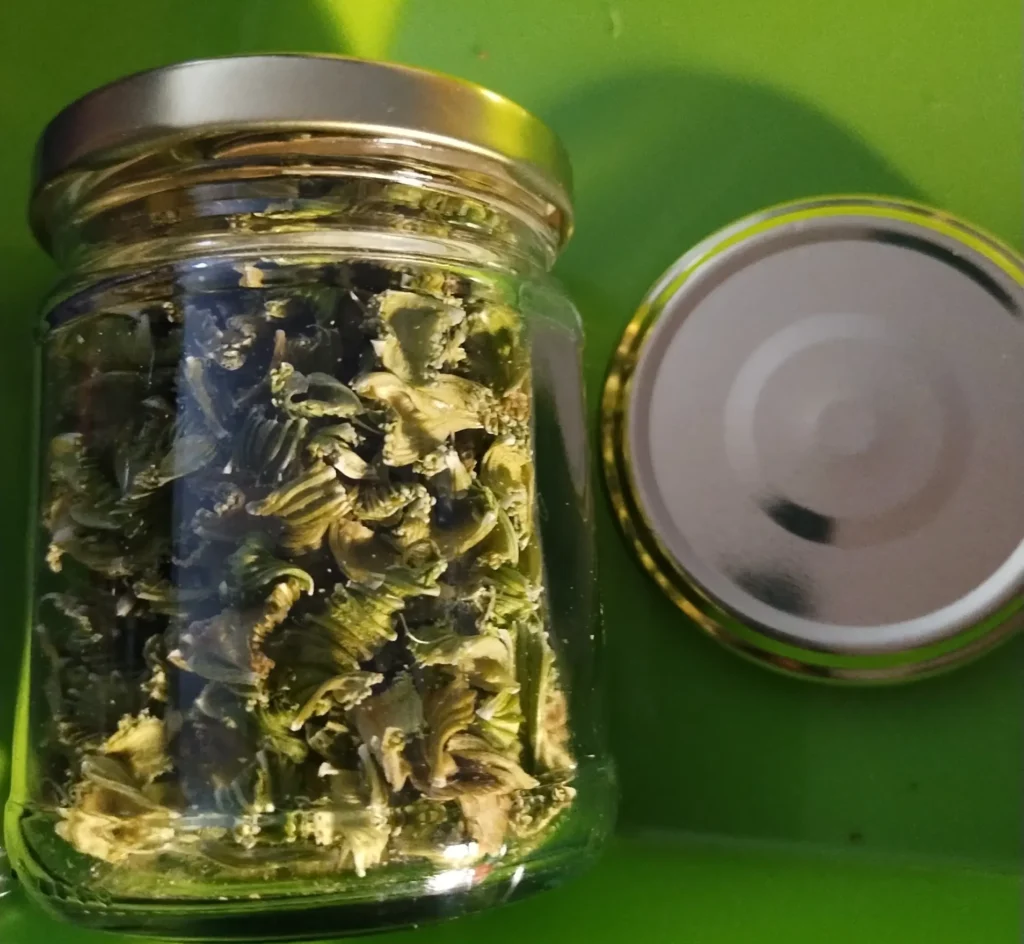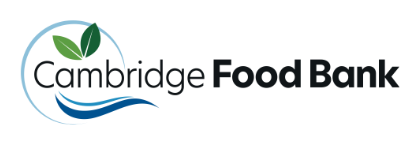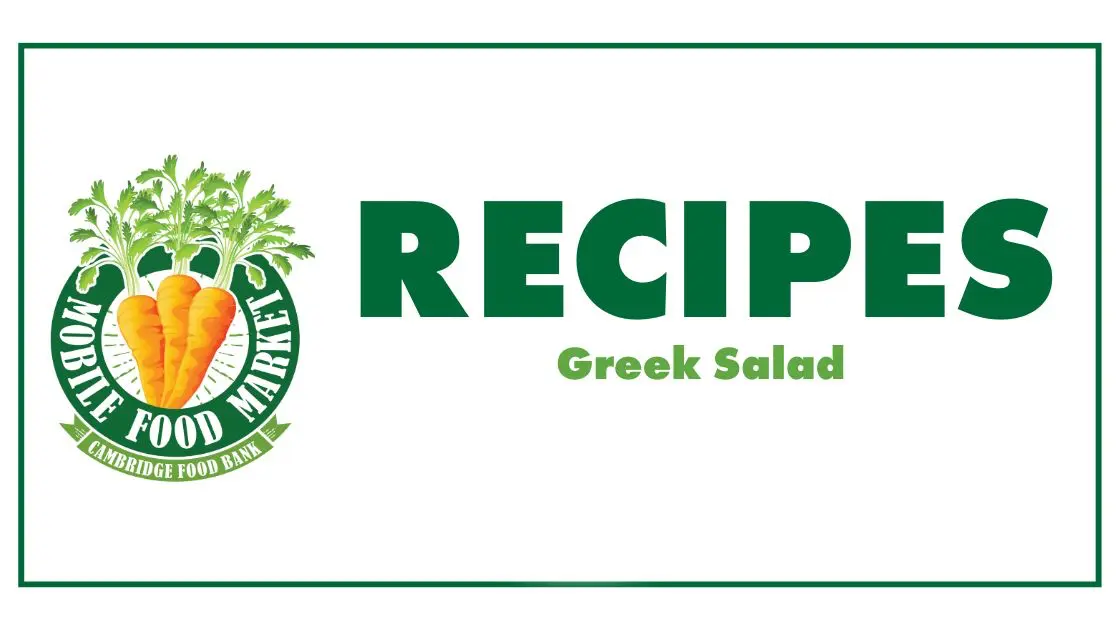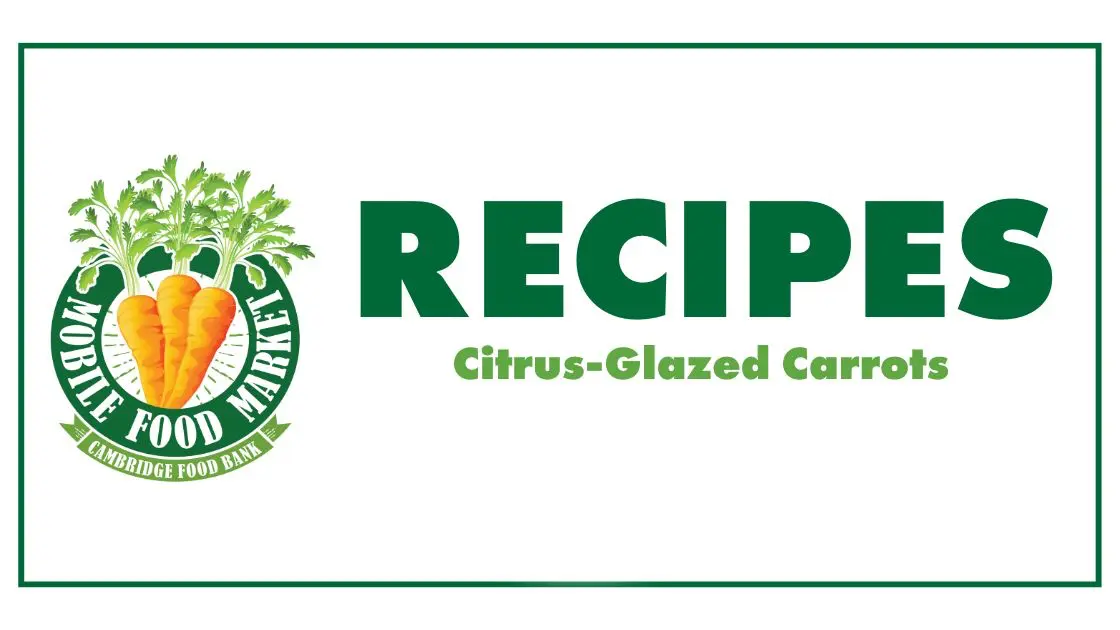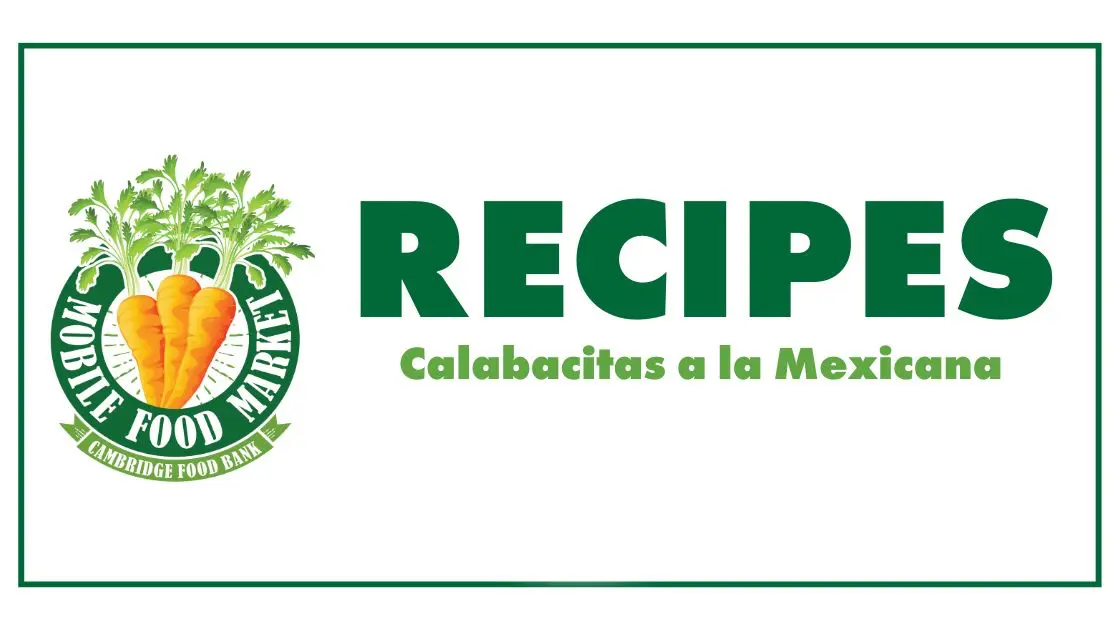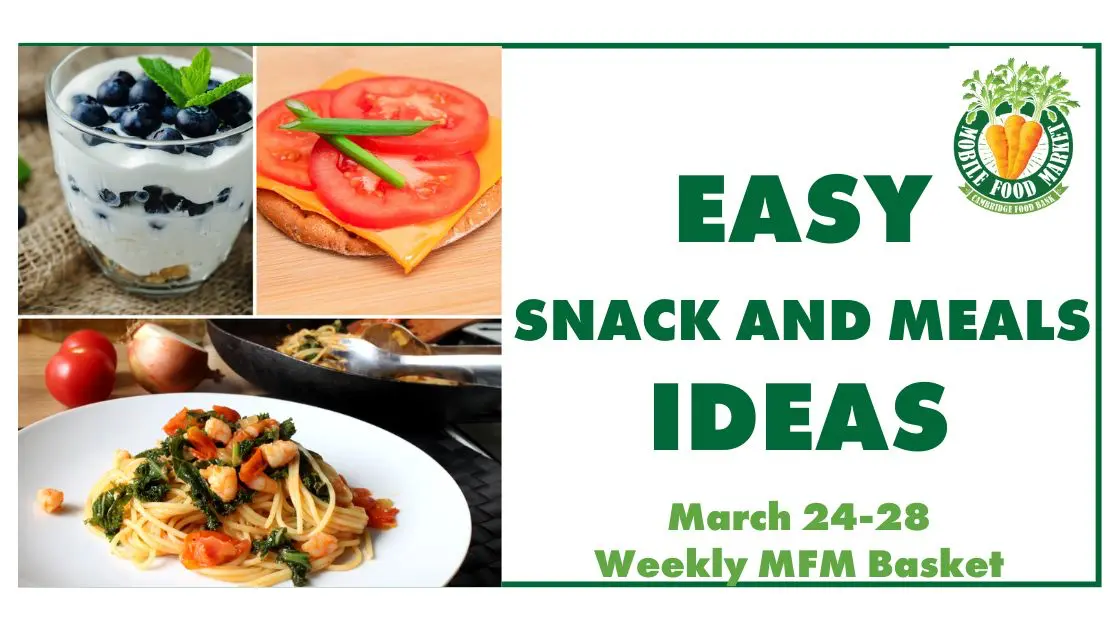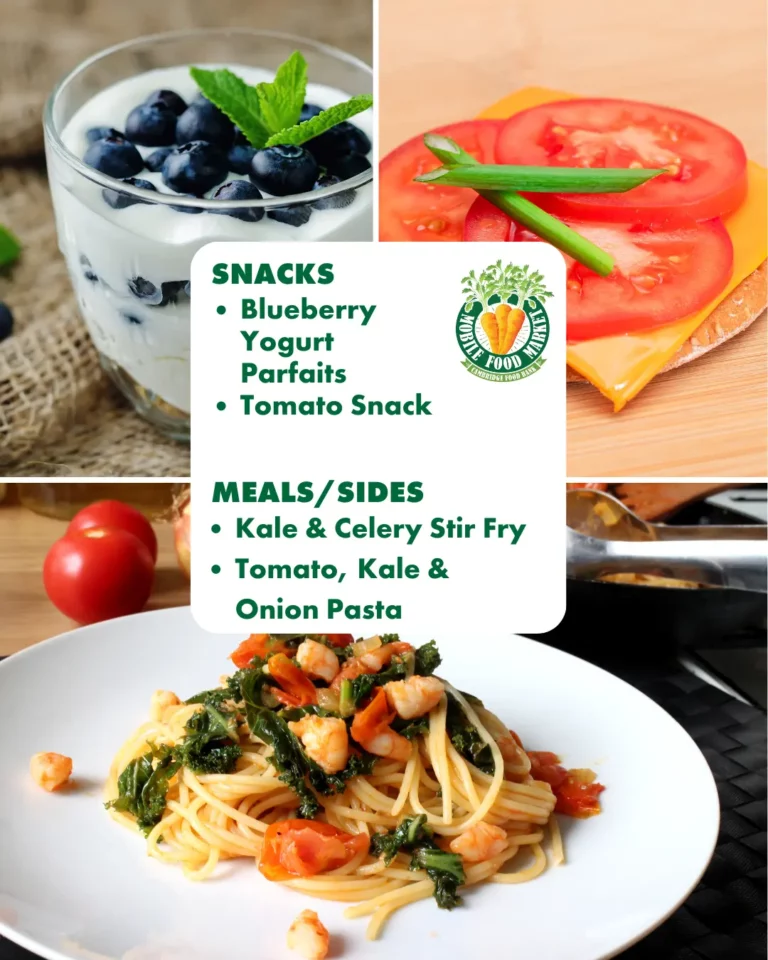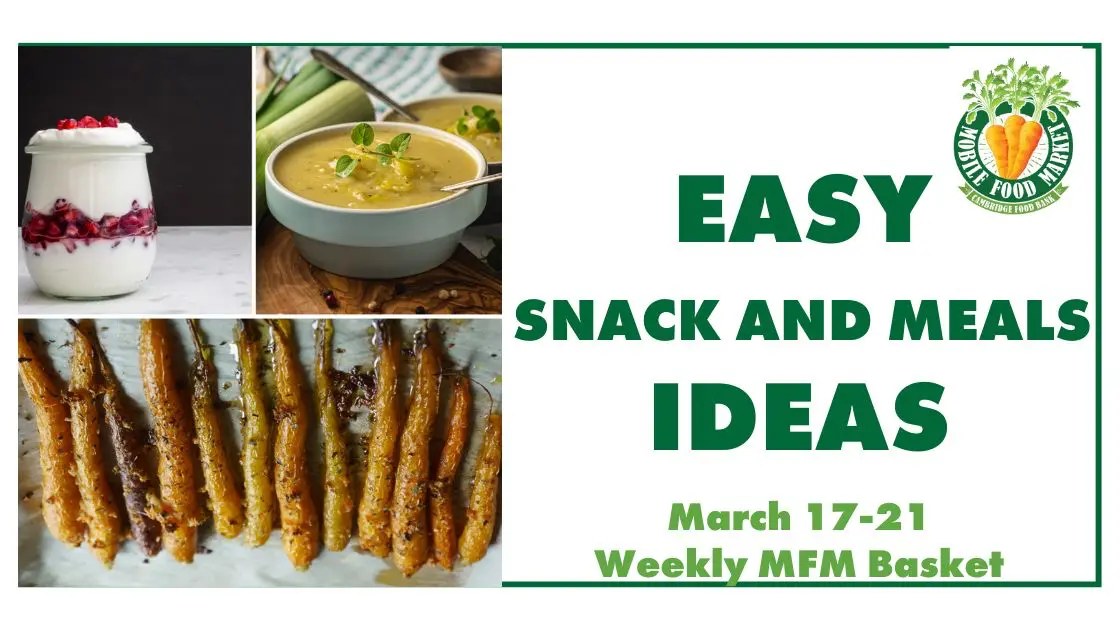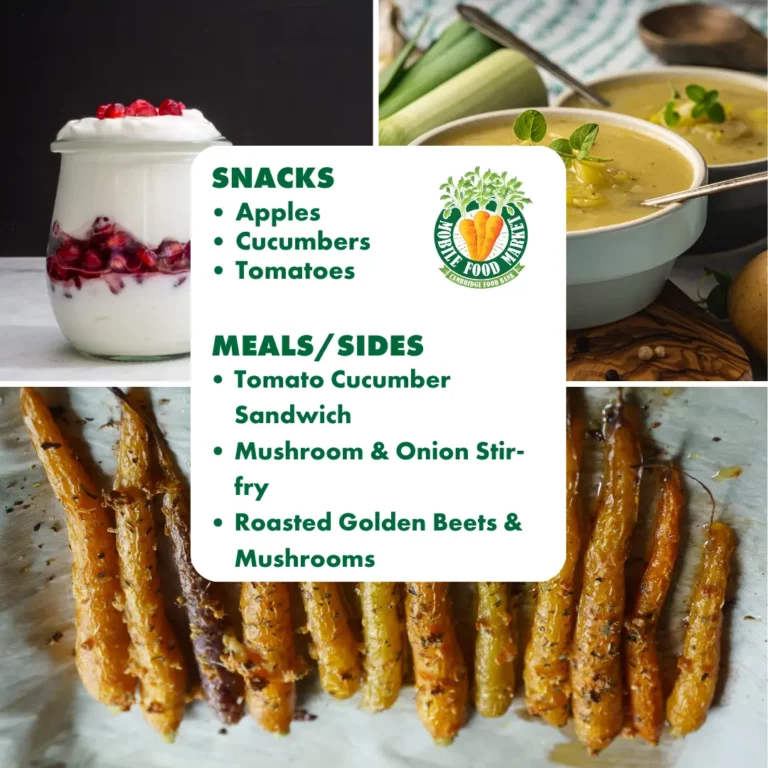Dehydrating Food: A Smart, Seasonal, and Sustainable Way to Save
At the Cambridge Food Bank, we’re always looking for ways to help you stretch your grocery dollars, eat well, and reduce waste, and dehydrating food checks all those boxes. Whether you’re growing your own produce, shopping the farmers’ market, or buying in bulk during seasonal sales, dehydrating can help you preserve nutritious foods for months to come.
Why Dehydrate?
1. Cost Savings
Dehydrating helps you take advantage of in-season or on-sale produce before it goes bad. Instead of letting food spoil in your fridge, you can turn it into pantry staples that last for months. This reduces food waste and lowers your grocery bills by giving you homemade alternatives to store-bought snacks and packaged foods.
2. Smarter Meal Planning
Dehydrated foods are lightweight, compact, and shelf-stable, making them perfect for meal prepping. Add dried fruits to oatmeal, toss dehydrated veggies into soups and stews, or keep homemade fruit leathers and veggie chips on hand for quick snacks. You’ll always have ingredients ready when time or energy is short.
3. Nutritious Eating
Dehydration preserves much of the nutrition in food without needing added sugar, salt, or preservatives. This means you’re getting the real goodness of fruits, vegetables, and herbs in a form that’s easy to store and use. It’s a win for your body and your budget.
When to Dehydrate: Shop (or Grow) Seasonally
Timing is everything when it comes to preserving food. Summer is a great time to look for deals at farmers’ markets, grocery stores, or even in your own garden. Buying or picking in bulk when produce is in peak season means you get better flavour and better prices.
In the next three months (late June through September), watch for these five foods that are easy to dehydrate and likely to be in abundance:
Strawberries – Wash, slice thin, and dry for delicious snacks or to use in baking and granola.
Zucchini – Slice and dry into chips or dice for soups and stews. Zucchini grows abundantly in summer!
Tomatoes – Dehydrate sliced tomatoes for soups, pasta, or snacking.
Herbs (like basil, parsley, mint) – Harvest before they flower and dry in bunches or in a dehydrator to use year-round.
Peppers – Bell and hot peppers dry beautifully and can be rehydrated for sauces or crumbled into spice blends.
- Onions – Slice thin and dry for a pantry staple that’s great in soups, sauces, or as a seasoning. You can even make your own onion flakes or powder!
How to Store Dehydrated Foods on a Budget
Storing your dehydrated goods doesn’t have to be expensive. Here are a few low-cost or no-cost ways to keep your foods safe and shelf-stable:
Reuse Glass Jars: Save glass jars from jams, pasta sauces, or pickles. Wash and sterilize them thoroughly before use.
Label and Date: Use masking tape or old labels to mark what’s inside and when it was dehydrated. This helps you use up older items first.
Keep Cool and Dry: Store jars in a cool, dark place, like a pantry or cupboard to preserve quality and prevent moisture build-up.
Check for Moisture: If you see condensation or mold, the food wasn’t fully dried or sealed. Always check before use.
Ask Around: Friends, neighbors, or local buy-nothing groups often have extra jars to share. It’s a great way to keep items out of recycling bins and give them new life.
Preserving the Summer, Feeding the Future
Dehydrating food is one small way we can all make the most of what we have. Whether you’re trying it for the first time or already have a stash of dried goods, we hope these seasonal tips help you stretch your food further, waste less, and eat better.
Got a dehydrating tip or recipe to share? We’d love to hear it, tag us on social, or send it our way to be featured in an upcoming post!
